Copyright © 2024 Swire Pacific Limited. All rights reserved.
Taikoo Dockyard foundation stone
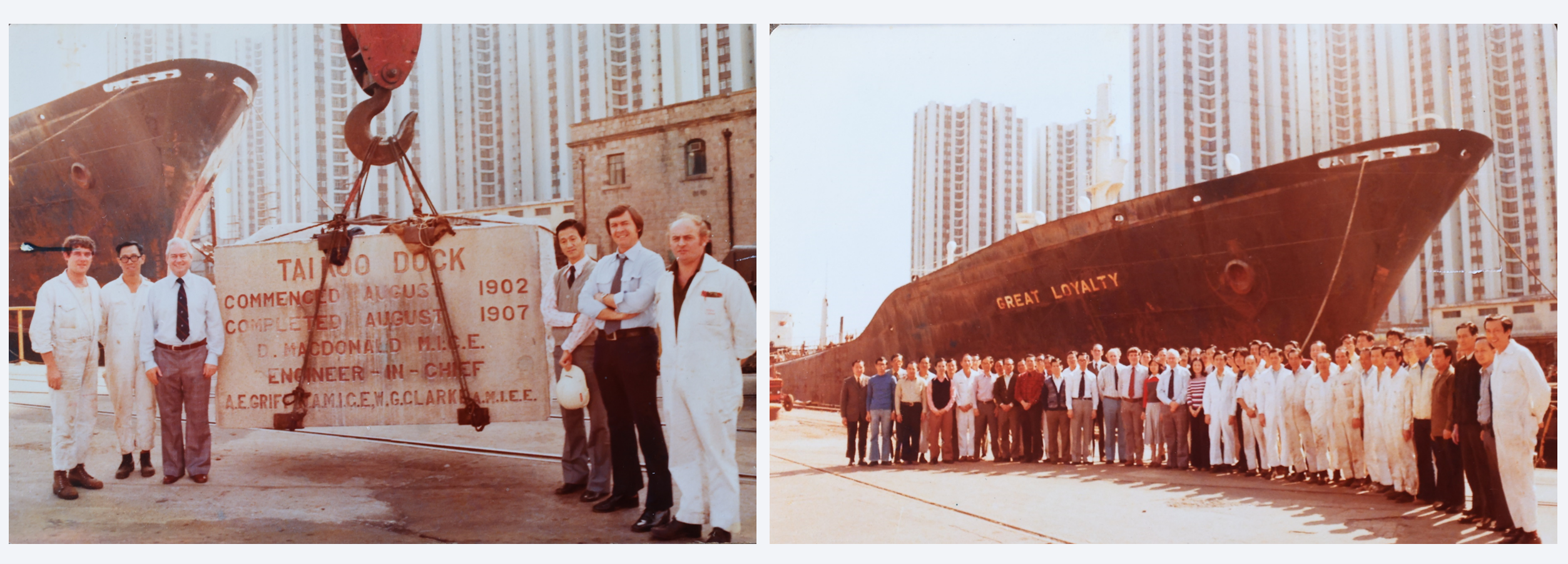
Swire Archives’ collections include many memorable photographs, including some donated by Taikoo Dockyard retirees. Among them, these two images from the mid-1970s have captured for posterity the moment when Taikoo Dockyard was waving goodbye to Quarry Bay – a district it had dominated for almost 70 years. In the background is the last vessel to be dry-docked for maintenance at the yard, Great Loyalty, while the commemorative stone recording details of the construction of the dockyard in the early 1900s is carefully removed.
These pictures remind us that Swire Properties was established in the early 1970s to undertake redevelopment of the more than 100 acres of real estate in Quarry Bay released by the closure of Taikoo Sugar Refinery and Taikoo Dockyard.
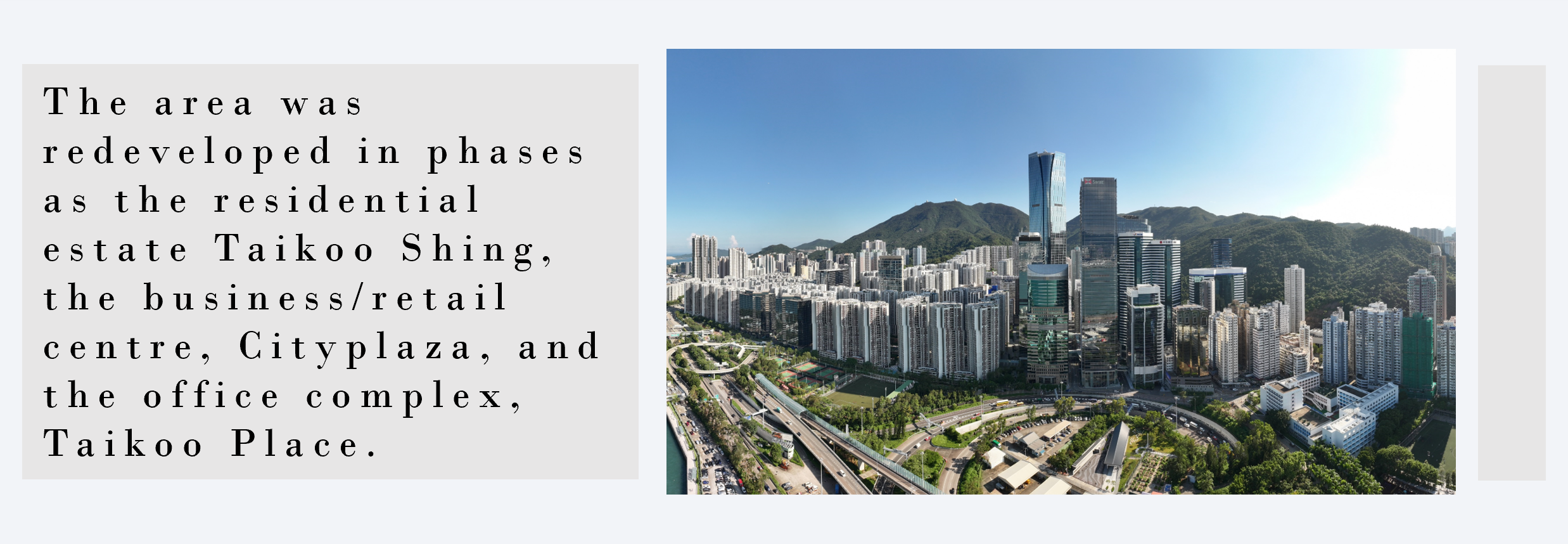
Originally, as shown in the black and white photograph, the foundation stone was set into the wall of the dockyard’s huge dry-dock – which, when it was completed in 1907, had the capacity to accommodate the largest vessels afloat. Nowadays, shoppers at Cityplaza will find little to remind them of the area’s industrial and maritime heritage, apart from the dockyard’s foundation stone, which has been returned to its original location. However, today that spot is next to the entrance to the Cityplaza II underground carpark.

Taikoo’s cable car and Sanitarium
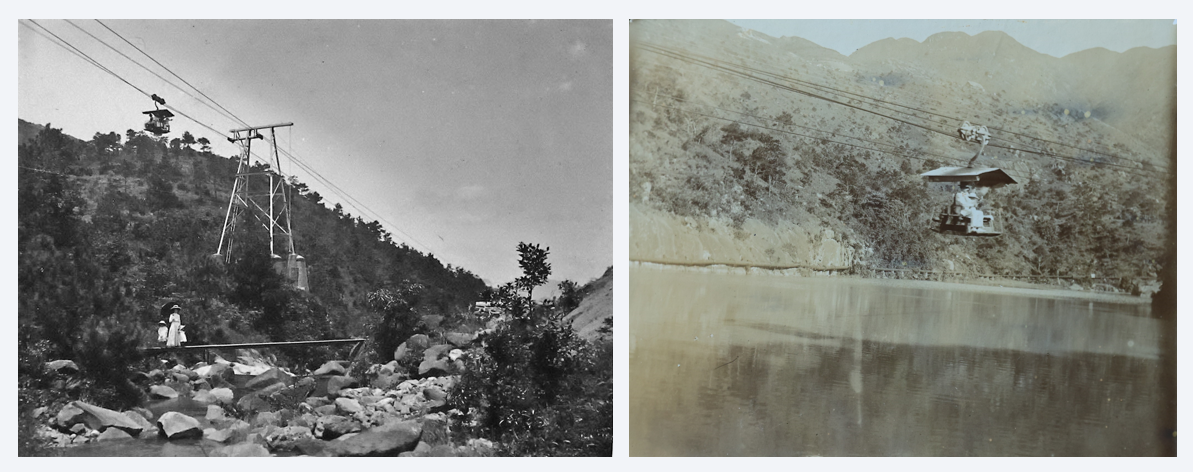
This is an early 20th century photograph album donated to Swire Archives by a former tenant at Cityplaza. With over one hundred sepia-toned photographs of Taikoo Dockyard staff and operations, the album tells us stories of the lives of Swire’s European staff in Hong Kong in the early 20th century. It also includes a never-before-seen view of the Taikoo cable car system at Quarry Bay.
The Taikoo cable car, also known as the “aerial ropeway”, was constructed in 1892 to carry staff members up Mount Parker to the “Sanitarium” – a summer retreat at Tai Fung Au, or “Big Wind Gap”. It was the first cable car in the world “erected exclusively for carriage of individuals” and was built by Messrs Bullivant & Company, a London firm, at a cost of £5,000. Two open cars, each with bench seating for six passengers back-to-back, operated on a counterweight system, powered by a steam-driven winch. Steel pylons supporting the steel overhead cables were built some 200 yards apart, and the cars reached heights of 200 feet off the ground at the steepest part of their ascent. The entire journey was 2.3 km long, crossing Taikoo’s reservoir, “No. 3 Dam”, and operating between 6a.m. and midnight every day.
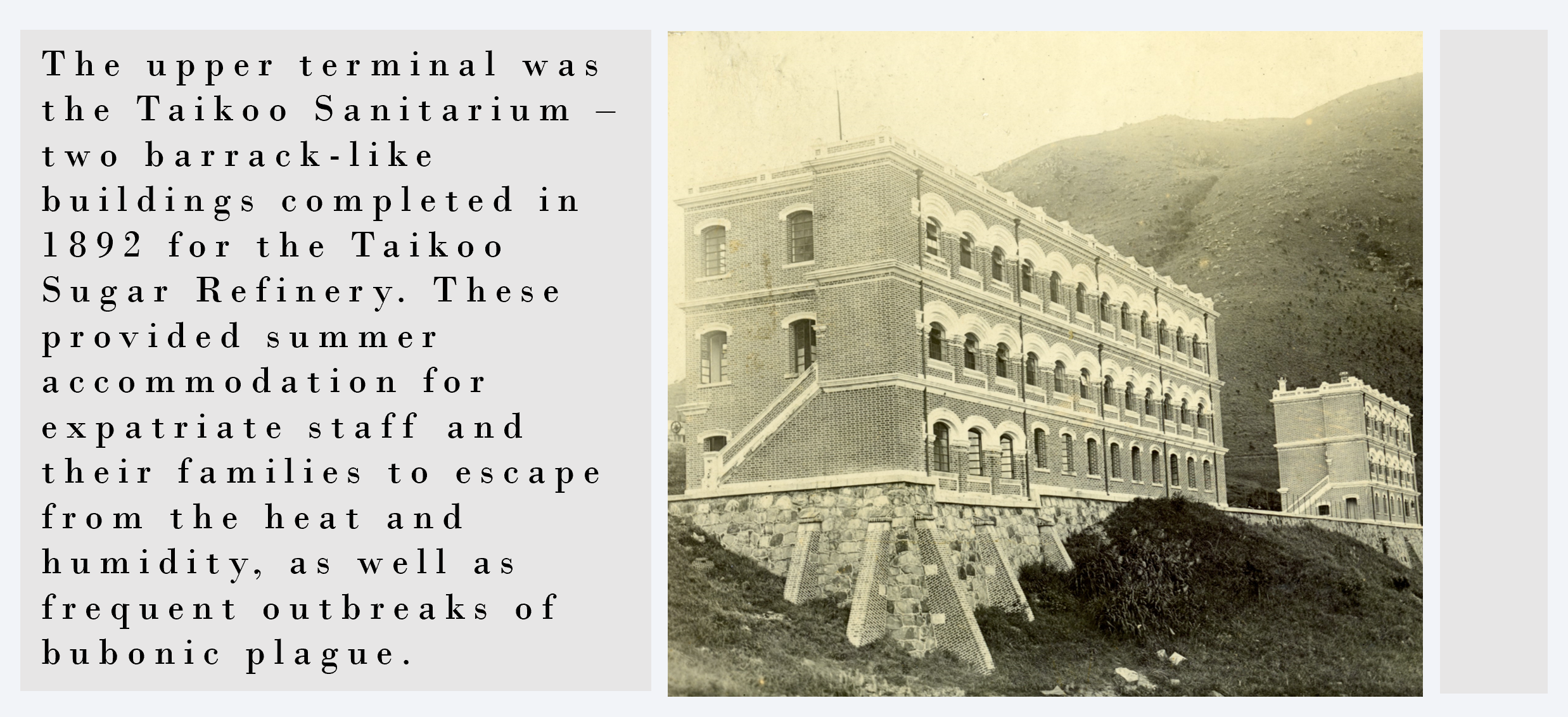
A third four-storey block was added in 1912, for staff of the Taikoo Dockyard. The blocks were built from red brick on a huge stone foundation, with supporting inclined buttresses. They were flat-roofed and decorated with granite detail on the arched windows and cornices. The interior was subdivided into large, high-ceiling flats, with bamboo and canvas screens on wooden frames used to partition space for individual families. Although Taikoo Village was electrified by 1892, oil lamps were used to provide lighting at the Sanitarium throughout its 40-year history. By the 1930s, the threat from disease had lessened and increasing use of electric ceiling fans made the summer months more tolerable in Quarry Bay houses. The Sanitarium fell into disuse, and in 1932, both the cable car system and Sanitarium were demolished, owing to the high cost of their upkeep.
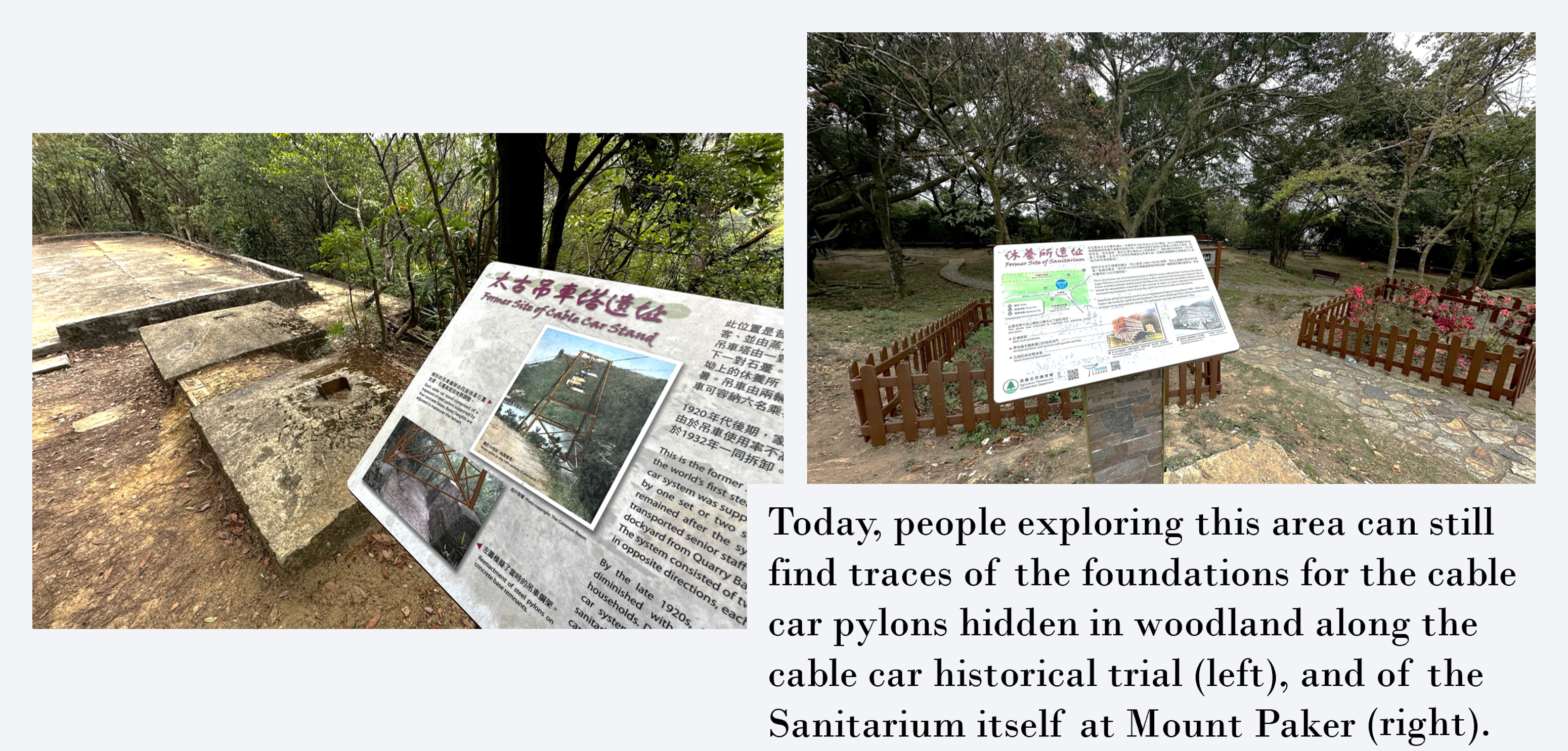
Taikoo Tower – the first multistorey bottling plant outside the USA
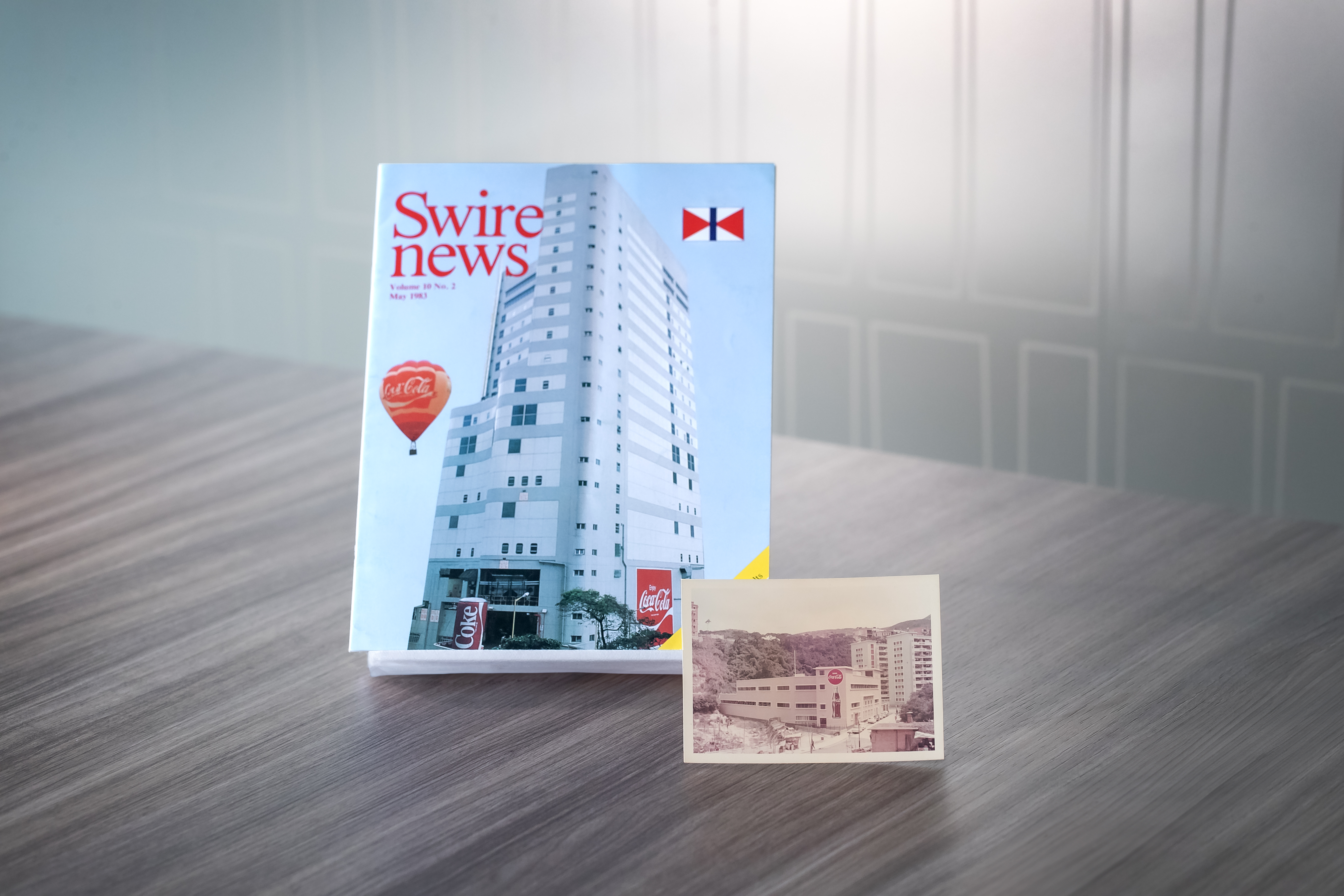
Images from Swire Archives’ collection of the Group’s house magazine, Swire News, and associated photograph albums can show us the development and evolution of the same site over many years.
The opening of Swire’s multistorey bottling plant at Quarry Bay in 1983 marked a significant phase in the dynamic growth of its Coca-Cola bottling business in Hong Kong. The 17-storey Taikoo Tower – then the world’s tallest bottling plant – rose 330 feet above Quarry Bay Street and was designed to make maximum use of the available space and equipped with fast and modern machinery. It provided a total area of 373,000 square feet of production, office, and storage space, with floors three to nine serviced by a container hoist. The plant included bottling lines, a canning line, warehousing, and an empty can storage area. The canning line was one of the fastest in operation in the world at that time, capable of filling 1,500 cans per minute.
Before the development of Taikoo Tower, the site was occupied by a two-storey bottling plant, built by Swire soon after acquiring the Hong Kong franchise for Coca-Cola in 1965; a production facility was also established in Tsuen Wan. The Quarry Bay plant soon became a landmark – a fact clear from the figures relating to factory visits by schools and other groups. The number of visitors in 1972 was 25,720, growing to 31,991 in 1973 and then leaping to an estimated total of 43,315 in 1974.
And before its development by Swire Bottlers, this site had several previous incarnations as part of the facilities provided for employees at Taikoo Sugar Refinery and Taikoo Dockyard. In the 1940s, it was the location of Taikoo Chinese School; in the 1920s and 1930s it was the site of an accommodation barrack in Taikoo Village, and before this, it was a part of the Taikoo Recreation Ground.
Click here to read more heritage stories.